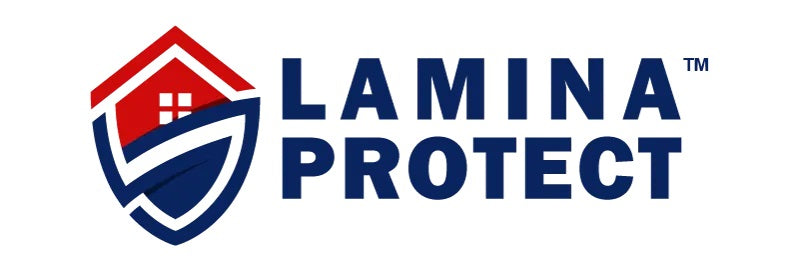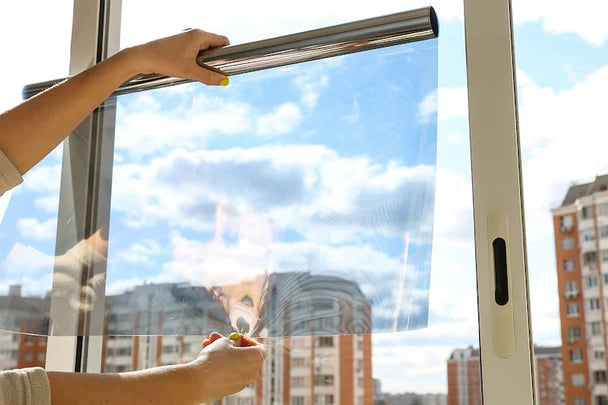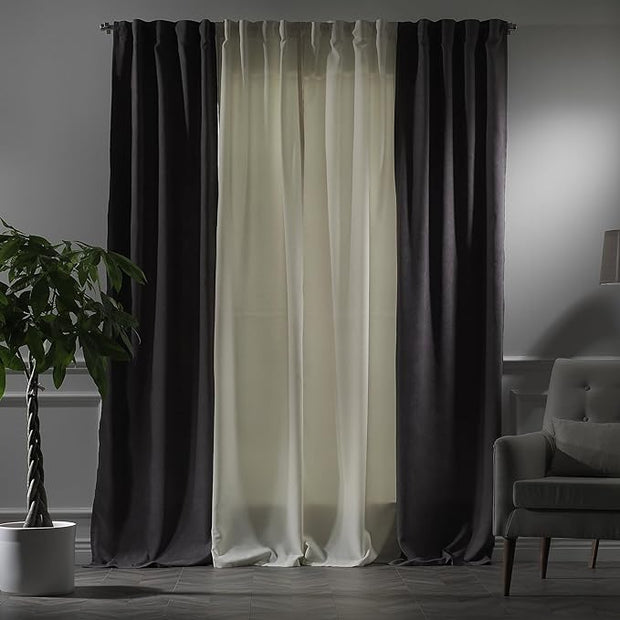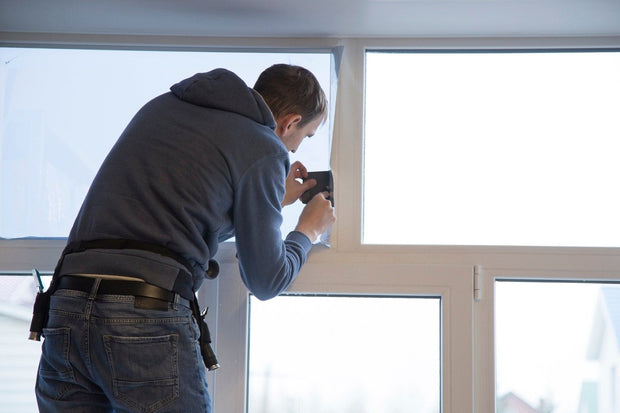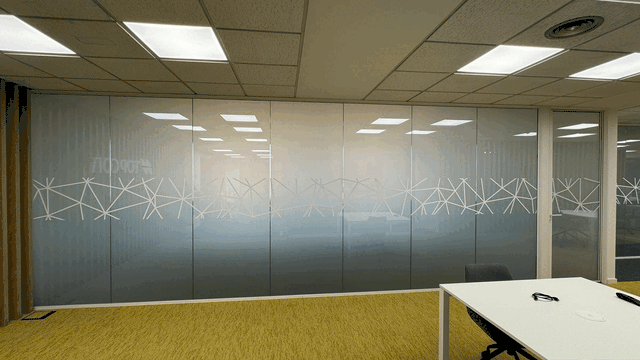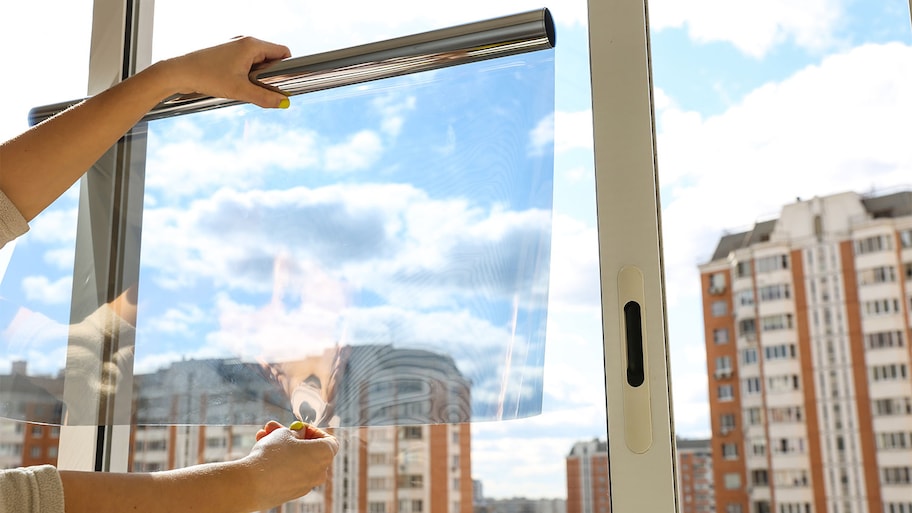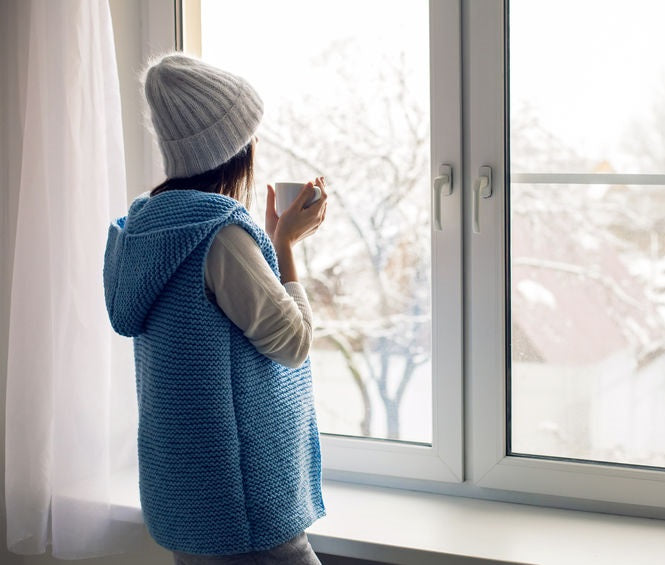
Solar Control Films vs Curtains/Blinds/Awnings: Advantages and Disadvantages
In the constant search for solutions to control the entry of sunlight and improve energy efficiency in buildings, different alternatives are presented, with solar control films, curtains, blinds and awnings being some of the most common options. In this article, we will technically analyze the advantages and disadvantages of installing solar control films compared to curtains, blinds and awnings, considering factors such as effectiveness, energy efficiency, cost and maintenance.
